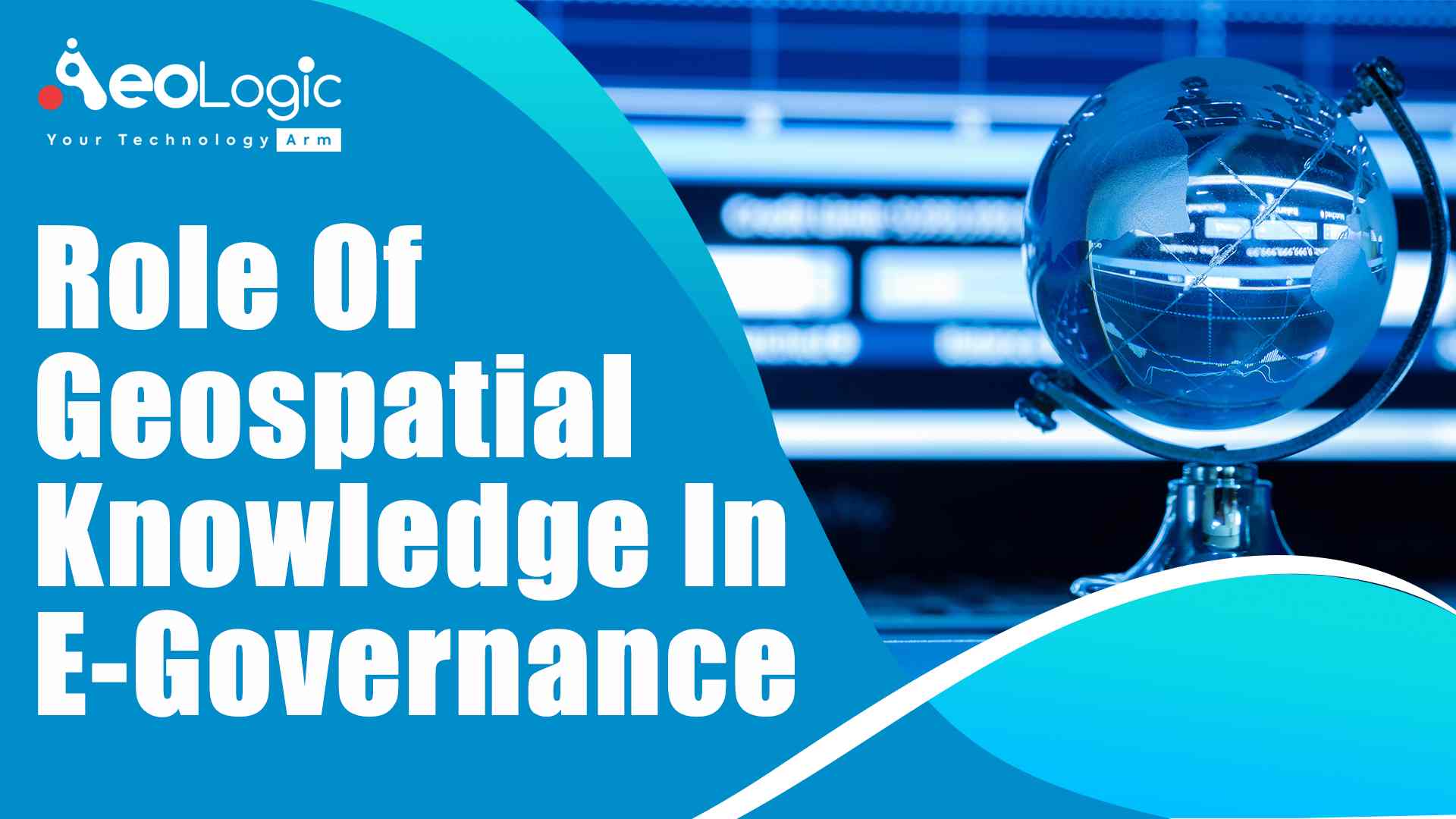The Indian government has launched the initiative of Digital India which is aiming at the reformation of public services through technology and providing electronic delivery of services. To this end, Geographic Information System (GIS), is playing an important role in helping e-governance by mapping the country, noting the changes, and understanding the complex interplay of social order. As well as economic growth. We will be discussing the role of geospatial knowledge in e-governance in this article.
In today’s digital era, geospatial technologies are being utilized to revolutionize the economy. Getting a better understanding and management of digital location-based data and services, when integrated with urban planning will be enabling much more efficient resource allocation. In order to obtain better service delivery.
Also read: Government Digital Transformation: Benefits and Challenges
Importance of Geospatial Knowledge
However, location is a significant parameter in almost every aspect of government functioning. Therefore, GIS is a vital component for most mission-mode projects. That have been conceptualized and implemented by the government.
For any kind of developmental program to be incorporated into a state or district level, there needs to be a lot of micro-level information available and planning. Like the identification of the right areas, allocation of funds, target demography, monitoring of activity, assessment of results, etc. There have been countless cases wherein development programs have encountered challenges in achieving their objectives. Due to the lack of appropriate technology to strategize the right plan. The role of geospatial knowledge in e-governance is to allow us to develop a database of any spatially connected geographical area. Which is helping in every aspect of planning, monitoring as well as vision-making.
Factors Enabling Geospatial Technologies:
Thereby, by geo-enabling e-Governance projects and implanting geographical dimensions into all the services that are being offered to the citizens, decision-making is becoming more holistic and comprehensive.
Some of the major factors that are imperative so that geospatial technologies can have a successful adoption across e-governance projects are:
- The accessibility of geographical information products which would include vector maps, aerial photographs, satellite imagery, drones, etc. This would also imply the requirement for re-engineering certain data sets by national mapping agencies, to make them GIS-compatible.
- Data collection technology such as Lidar, aerial photography, GPS, drones, etc. will have to be adopted. For capturing data in a more accurate and faster manner. This also means that the private industry will have an important role to play in the creation of GIS data sets. And also, the dissemination of the services would need strong PPPs that can facilitate interoperability among various systems and departments.
- There will have to be a re-engineering of the business processes that are existing in government departments so that the geospatial dimension can be implemented in the information systems.
- Capacity building is of the spirit of technical manpower that is the potential for conceptualization, development, design, and implementation of an enterprise system. This can help in leveraging contemporary geospatial technology, which will be at the core of the operations.
Also read: Role of Technology in the Government and Public Sector Undertakings
Conclusion
All these factors when combined with an enabling geospatial policy will help in the role of geospatial knowledge in e-governance. As well as the facilitation of accurate and standard geospatial data to all users. The safety of the intellectual property rights of data producers. And also boosting the creation of value-added products will extend the segment of users from the government to the private sector to NGOs, to academia, and even to citizens.
The bottom line is that geospatial technologies are playing a pivotal role in developing a successful e-governance ecosystem in India. Hence, providing a new paradigm for decision-making which will come from the allowance of geographical visualization representation of information. Therefore, this will be helping all the stakeholders in making much more informed decisions. This, in turn, will be leading to the strengthening of governance, and its transparency, as well as a marked enhancement in the delivery of citizen services.
Contact us to know more about our services!
FAQs
What do you mean by GIS in e-governance?
Geographical Information System (GIS) technology is quickly becoming a catalyst for several transformational changes in the world. Majorly in natural resource management, decision-making, planning, governance, and citizen engagement services.
How government is using GIS?
National governments are using geographic information system (GIS) technology for managing programs and evaluating policy outcomes. With GIS, agency staff and leaders are integrating diverse types of data to derive understanding, communicate insights, operationalize solutions. And engaging stakeholders and the public.










